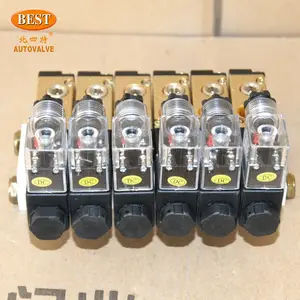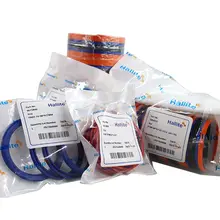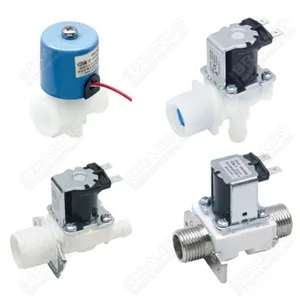Introduction to Solenoid Valve 36V
Solenoid valves are integral components in various industrial and residential systems, functioning as control units for fluid dynamics. The solenoid valve 36v category encompasses a variety of valves operated by an electromagnetic solenoid which actuates to control the flow of liquids or gases. These valves are essential for tasks that require precise control over the flow rate and are commonly utilized in systems that operate on a 36-volt power supply.
Types and Applications
The 36 volt continuous duty solenoid is designed for systems that require long periods of activation without overheating, ensuring reliable performance. These valves are versatile, finding applications in irrigation systems, industrial process control, and residential plumbing to regulate water flow or maintain pressure. The diversity of solenoid valves, including direct-acting, pilot-operated, and others, allows for their use in a wide range of scenarios, from simple on-off control to complex variable flow situations.
Features and Materials
A solenoid valve 36v is characterized by its coil, which when energized, creates a magnetic field that actuates the valve. The construction materials of these valves are chosen based on the fluid they control; common materials include brass, stainless steel, and plastic. These materials are selected for their durability, corrosion resistance, and compatibility with various fluids.
Advantages of Using 36V Solenoid Valves
The advantages of using a 36 volt solenoid valve are numerous. They offer rapid switching, high reliability, and can be controlled remotely, which is particularly beneficial in hazardous or hard-to-reach environments. Additionally, the low power consumption of a 36v solenoid makes it an energy-efficient choice for many systems.
Selection Considerations
When selecting a solenoid valve 36v, it is crucial to consider the valve's compatibility with the system's pressure and the type of fluid it will control. The orifice size and the valve's flow coefficient (Cv) will determine the flow rate, which should align with the system's requirements. Furthermore, the duty cycle of the valve must match the application's needs, whether it is a short burst or a continuous duty solenoid operation.
Conclusion
In conclusion, the solenoid valve 36v is a critical component for managing fluid flow in various applications. With a range of types and materials available, these valves can be tailored to meet the specific needs of any system. By considering the application's requirements and the valve's features, one can ensure efficient and reliable control of their fluid systems.










































 浙公网安备 33010002000092号
浙公网安备 33010002000092号 浙B2-20120091-4
浙B2-20120091-4